What is the tolerance range of precision screws?
What is the tolerance range of precision screws?
Service Hotline
+86760-8787 8587We have more than ten years of production experience in the screw industry, the main products are: screw bolts, ingot butterfly screws and bolts, EN14399 screws, fan hook manhole cover pull-out screws, butterfly screws and bolts, ingot casting nuts 0, bolts with flat washers , Machine wire cross flat tail electronic small screws, pin with holes, fastener nuts, outer hexagonal nylon column, hammer head bolts, GB5783 screws, recessed cross hexagonal bolts, GB96 stainless steel enlarged flat washers and other fasteners, due to the product material Different specifications and different prices, please contact us if necessary.


However, Yueluo still feels that there should be room for improvement for the screw improvement and screw that integrates stability, labor, fast and multi-function in the above two cases; for example, No. 556784 screw improvement Although the rod has the function of cutting and collecting chips, when the screw starts to screw into the object such as wood, it is hindered by the hardness of the object's tissue, so the staff still needs to exert considerable force, resulting in the lock. In the solid operation, there is still a lack of difficulty in screwing in operation; another example, new cases such as No. 289408 screw that integrates locking, stability, labor, fast and multi-function, although the rod has the structural function of cutting and chip removal, it is The rod part is screwed into the middle section to the rear section of the object. Since the debris cannot be discharged, the rod part pushes the outer part of the object to the surrounding tissue of the object, so that the object expands outwards and even seriously damages the appearance of the object.
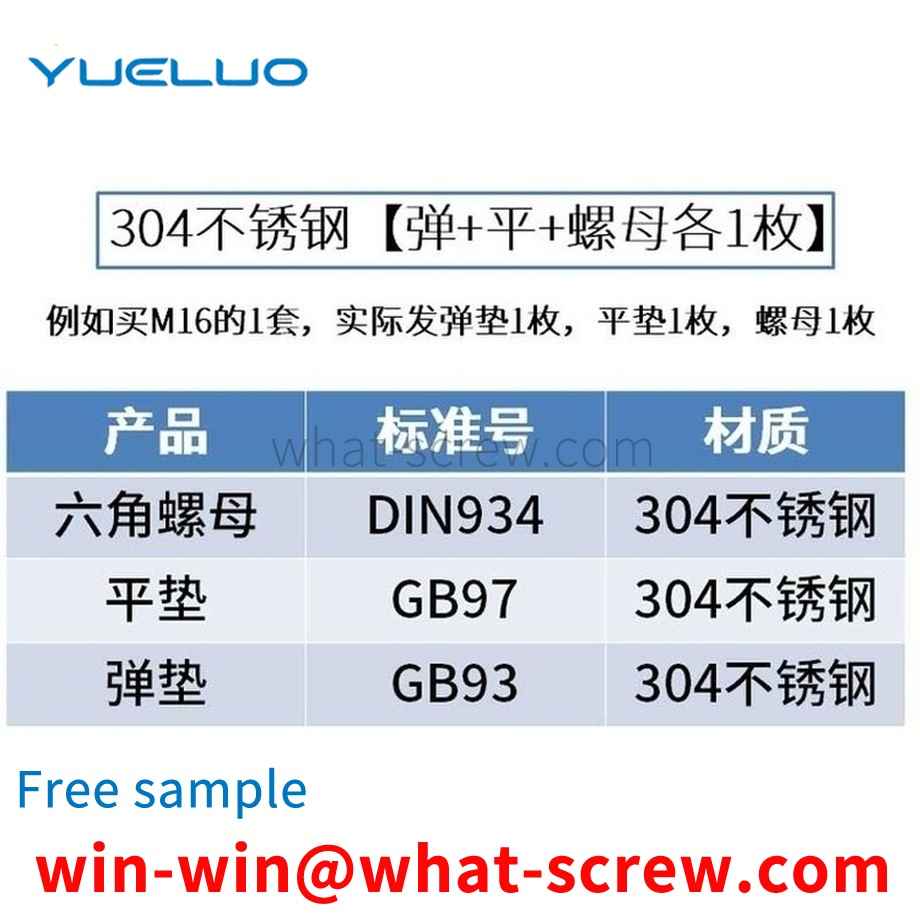
Specification label broadcast representation format: Thread specification d=M12, nominal length L=80mm, and performance level 4.8 equal-length stud bolts are completely marked as: GB 901 M12×80 [1] Product example: Stud studs are generally required After surface treatment, there are many types of bolt surface treatment, commonly used are electroplating, blackening, oxidation, phosphating, electroless zinc flake coating treatment, etc. However, electroplated fasteners account for a large proportion of the actual use of fasteners. Especially in automobiles, tractors, home appliances, instrumentation, aerospace, communications and other industries and fields are more widely used. However, for threaded fasteners, not only a certain anti-corrosion capability is required in use, but also the interchangeability of threads must be ensured, which can also be called screwability here. In order to meet the dual-use performance of anti-corrosion and interchangeability required by threaded fasteners in use, it is very necessary to formulate special plating standards.
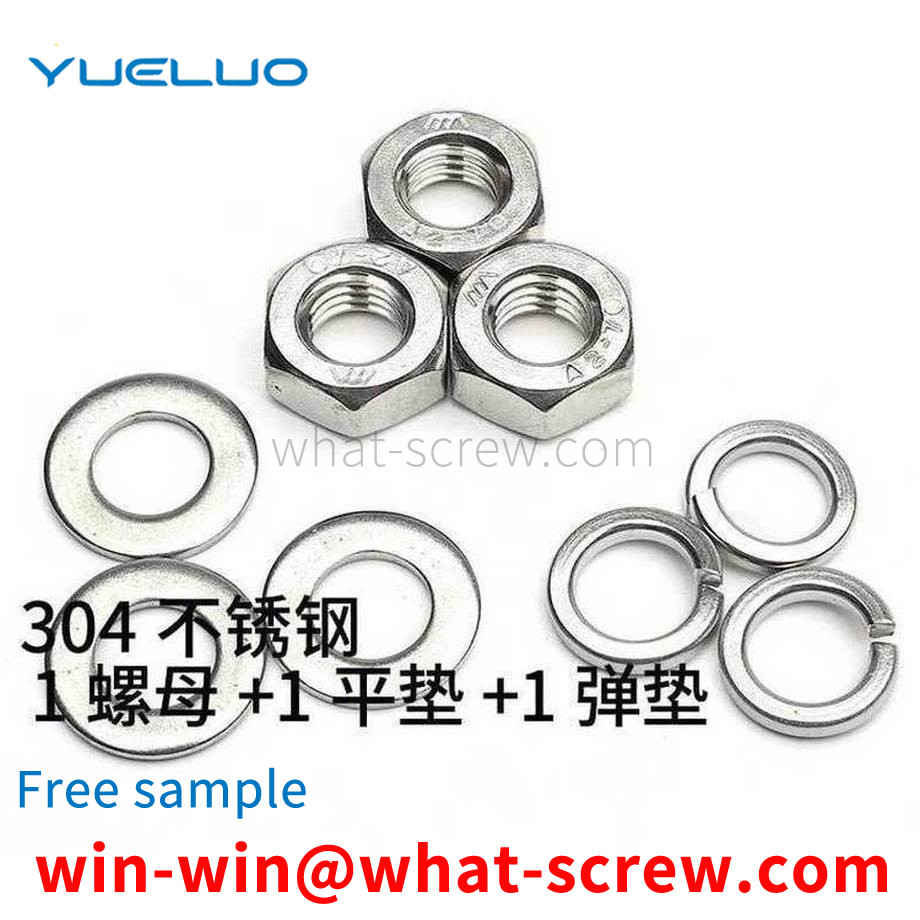
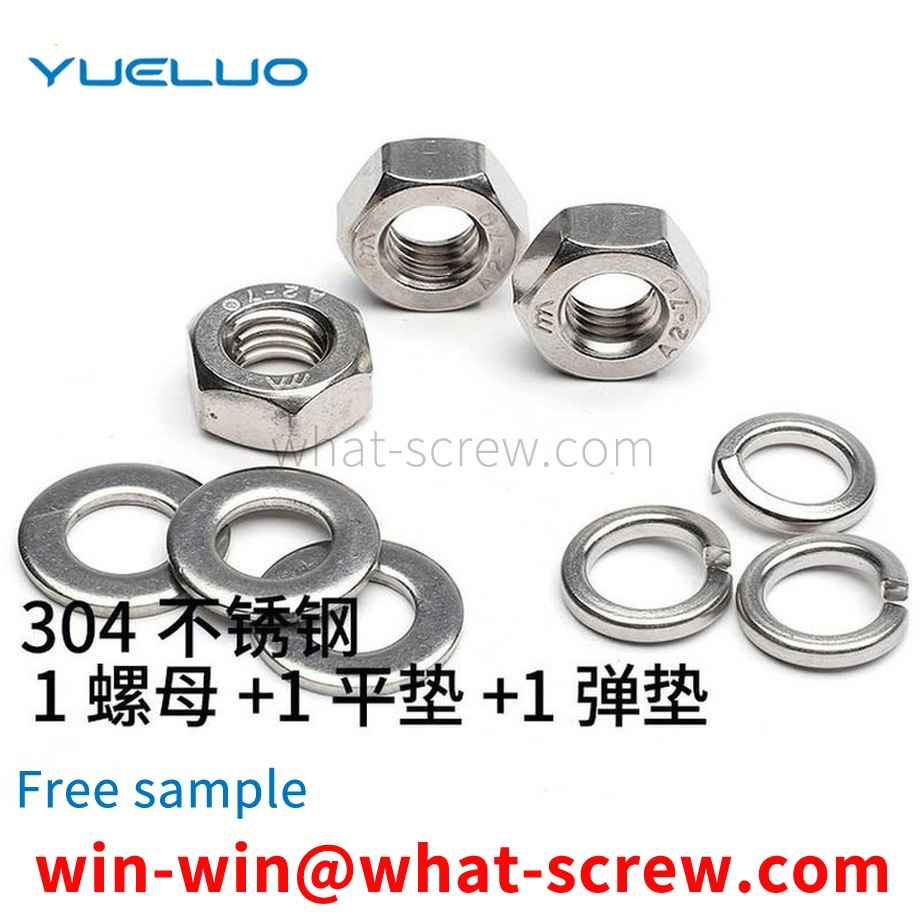
Bolt: A type of fastener consisting of a head and a screw (a cylinder with an external thread), which needs to be matched with a nut to fasten and connect two parts with through holes. This form of connection is called a bolted connection. If the nut is unscrewed from the bolt, the two parts can be separated, so the bolt connection is a detachable connection. [1] Stud: A type of fastener that has no head and only has external threads on both ends. When connecting, one end of it must be screwed into the part with the internal threaded hole, the other end must pass through the part with the through hole, and then the nut must be screwed on, even if the two parts are tightly connected as a whole. This form of connection is called a stud connection, which is also a detachable connection. It is mainly used for occasions where one of the connected parts is thick, requires a compact structure, or is not suitable for bolt connection due to frequent disassembly. [1] Screw: It is also a type of fastener consisting of a head and a screw. It can be divided into three categories according to the purpose: machine screws, set screws and special-purpose screws. Machine screws are mainly used for a fastened connection between a part with a fixed threaded hole and a part with a through hole, without the need for nut matching (this connection form is called screw connection, which is also a detachable connection; it can also be Cooperate with the nut, it is used for the fast connection between two parts with through holes.) The set screw is mainly used to fix the relative position between the two parts. Special purpose screws, such as eyebolts, are used for hoisting parts. [1] Nuts: with internal threaded holes, generally in the shape of a flat hexagonal column, but also in a flat square column or flat cylindrical shape, with bolts, studs or machine screws, used to fasten and connect two parts, make it a whole. [1] 5. Self-tapping screw: Similar to machine screw, but the thread on the screw is a special thread for self-tapping screw. It is used to fasten and connect two thin metal components to make them a whole. Small holes need to be made in advance on the components. Due to the high hardness of this kind of screw, it can be directly screwed into the hole of the component, so that the Forming a corresponding internal thread [1] 6. Wood screw: It is also similar to a machine screw, but the thread on the screw is a special thread for wood screws, which can be directly screwed into wooden components (or parts) to connect a band through The metal (or non-metallic) part of the hole is fastened to a wooden member. This connection is also a detachable connection. [1] 7. Washers: A type of fastener with an oblate annular shape. It is placed between the supporting surface of the bolt, screw or nut and the surface of the connecting part, which increases the contact surface area of the connected parts, reduces the pressure per unit area and protects the surface of the connected parts from damage; another type of elastic washer, It can also play a role in preventing the nut from loosening. [1] 8. Retaining ring: It is installed in the shaft groove or shaft hole groove of the machine and equipment, and plays the role of preventing the parts on the shaft or the hole from moving left and right. [1] 9. Pins: mainly used for positioning the left and right parts, and some are also used for connecting parts, fixing parts, transmitting power or locking fasteners. [1] 10. Rivet: A type of fastener consisting of a head and a shank, which is used to fasten and connect two parts (or components) with holes to make them a whole. This form of connection is called rivet connection, or riveting for short. It is a non-removable link. Because if the two parts joined together are separated, the rivets on the parts must be broken. [1] 11. Components and connection pairs: Assemblies are a type of fasteners supplied in combination, such as a combination of a certain machine screw (or bolt, self-supplied screw) and a flat washer (or spring washer, lock washer); Connection pair refers to a type of fastener that is supplied by a combination of special bolts, nuts and washers, such as high-strength hexagon head bolt connection pairs for steel structures. [1] 12. Welding nail: a heterogeneous fastener composed of a nail rod and a nail head (or no nail head), which is fixed to a part (or component) by welding, so as to be connected with other parts. .
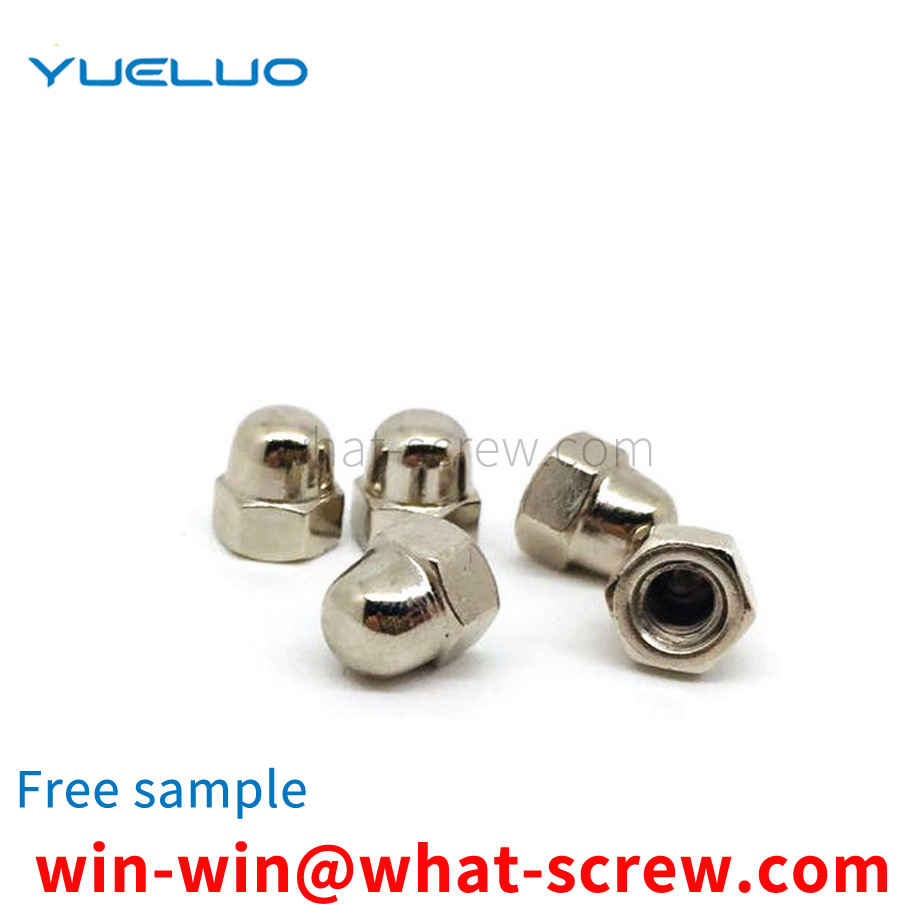
The general nut will loosen itself due to vibration and other reasons during use. In order to prevent this phenomenon, the self-locking nut was invented. The main functions of self-locking nuts are anti-loose and anti-vibration. For special occasions. Its working principle is generally self-locking by friction. The types of self-locking nuts classified by function include those with nylon rings, those with neck closures, and those with metal anti-loosening devices. They are all effective torque type lock nuts (refer to GB/T3098.9-2002 national standard)
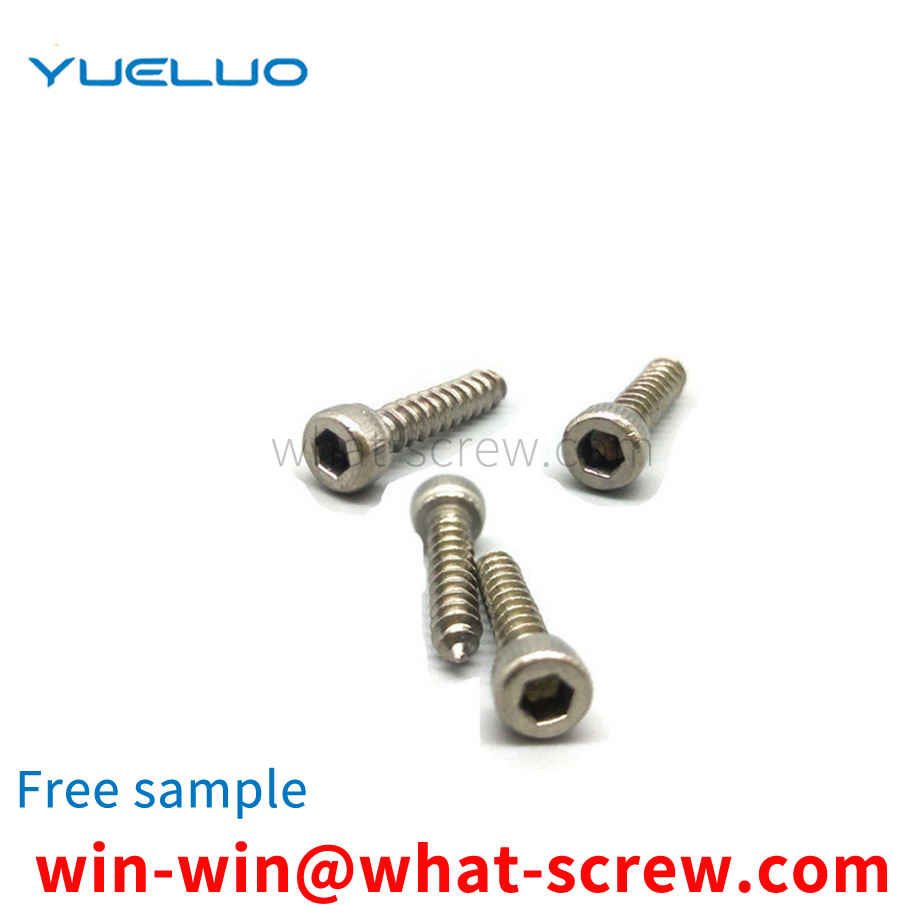
The above content is uploaded by Yueluo or the Internet. If there is any copyright issue, please contact [email protected].

What is the tolerance range of precision screws?

How to choose the right stainless steel screw manufacturer?

Why is there an R angle under the head of the hexagon head s...
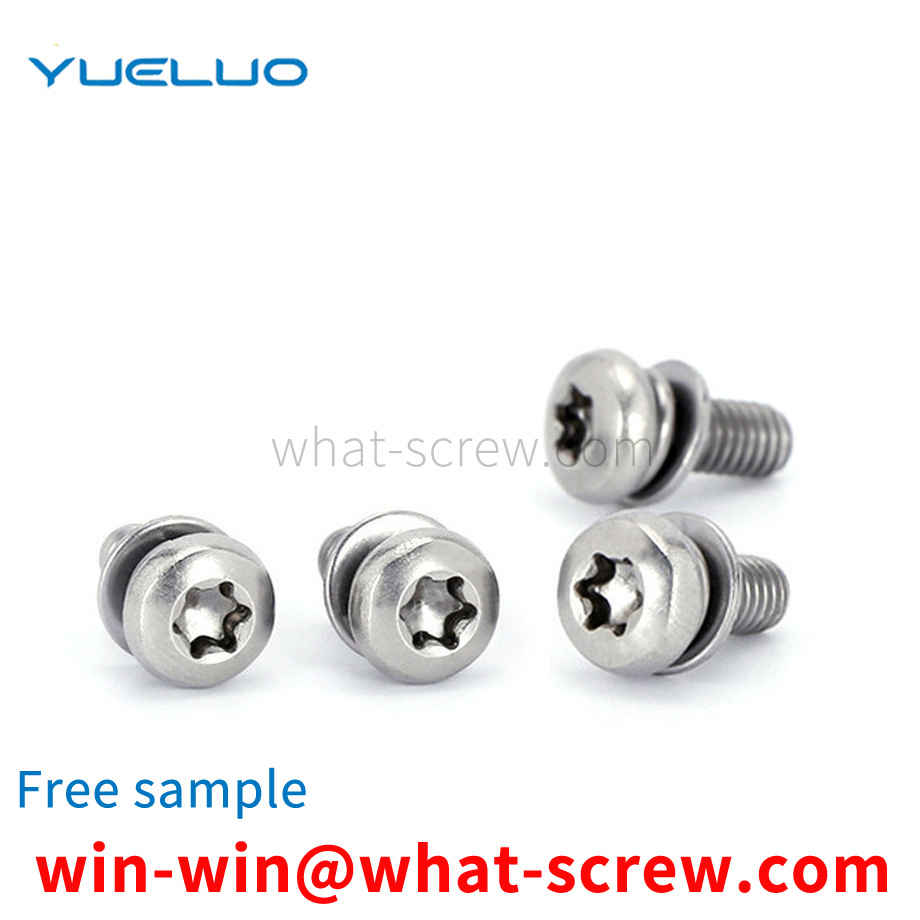
We have more than ten years of production experience in the ...

We have more than ten years of production experience in the ...

We have more than ten years of experience in screw industry ...
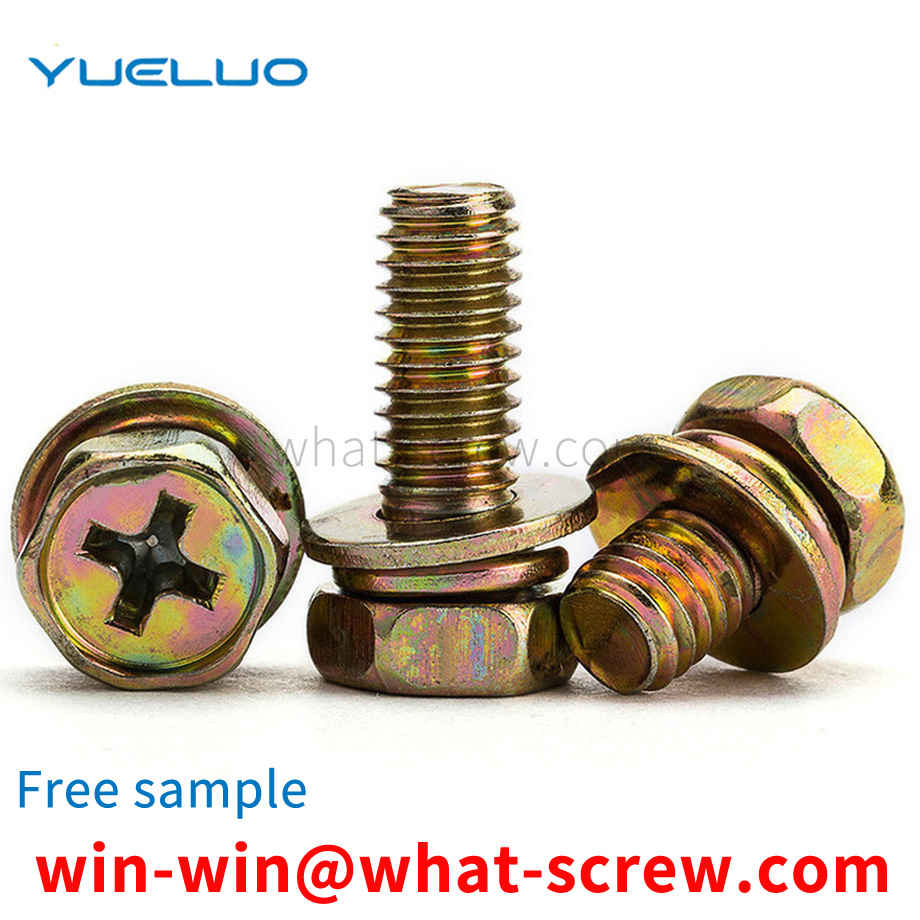
We have more than ten years of production experience in the ...